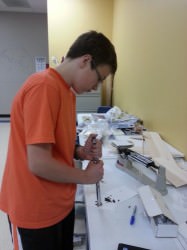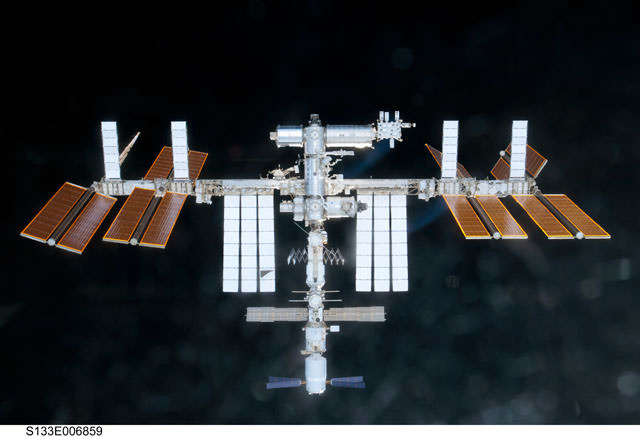Beer brewing in space? That’s what a preteen student will ask astronauts to do on the International Space Station soon. “By combining the four main ingredients (malt barley, hops, yeast, and water) of beer in space, will we be able to produce alcohol?” reads the research proposal from Michal Bodzianowski. If you follow the link, you can see how this also has medical applications on station, as alcohol can disinfect wounds.
Michal was a selectee in last year’s Student Spaceflight Experiments Program, which we’ve written about before. The program now has a new call for proposals.

“Each participating community will be provided a real microgravity research mini-laboratory capable of supporting a single experiment, and all launch services to fly it to the space station in fall 2014,” a press release stated.
The design competition, the release added, “allows student teams to design and formally propose real experiments vying for their community’s reserved mini-lab on space station. Content resources for teachers and students support foundational instruction on science in microgravity and experimental design.”
Inquiries must be sent by Nov. 20, and participating communities must sign up by Feb. 17, 2014. Final selection will take place in May.
For more information, you can visit the Student Spaceflight Experiments Program website. The program has participation from the National Center for Earth and Space Science Education, the Arthur C. Clarke Institute for Space Education, and NanoRacks.
Below is SSEP’s description of the five categories of participation:
- Pre-College (the core focus for SSEP) in the U.S., (grades 5-12), with school districts—even individual schools—providing a stunning, real, on-orbit RESEARCH opportunity to their upper elementary, middle, and high school students (Explore the 60 communities that participated in the first six flight opportunities to date)
- 2-Year Community Colleges in the U.S., (grades 13-14), where the student body is typically from the local community, providing wonderful pathways for community-wide engagement
- 4-Year Colleges and Universities in the U.S., (grades 13-16), with an emphasis on Minority-Serving Institutions, where the program fosters interdisciplinary collaboration across schools and departments, and an opportunity for formal workforce development for science majors
- Communities in the U.S. led by Informal Education or Out-of-School Organizations, (e.g., a museum or science center, a home school network, a scout troop), because high caliber STEM education programs must be accessible to organizations that promote effective learning beyond the traditional classroom
- Communities Internationally: in European Space Agency (ESA) member nations, European Union (EU) member nations, Canada, and Japan, with participation through NCESSE’s Arthur C. Clarke Institute for Space Education. Communities in other nations should explore the potential for their participation by contacting the Institute at http://clarkeinstitute.org

